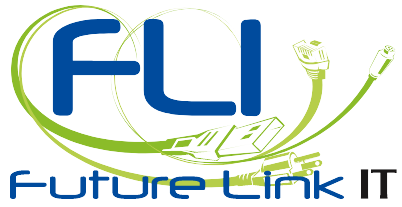Even if you consider yourself an open book, with nothing to hide from your family, coworkers, or members of the general public, you might be surprised at the amount of private data that could be compromised in a ransomware attack. Just one vulnerable moment or transaction could open you up to a terrible choice: pay money to a hacker or have your private information sent out to everyone in your address book.
Learn more about the risks posed by ransomware and why even individuals and organizations who may feel they have nothing to hide should take steps to protect themselves.
What Risks Does Ransomware Pose?
As the name implies, ransomware involves a data breach that allows a hacker to take your computer (or data) hostage. Unless you pay a ransom to secure the release of this data, any impacted computers will be rendered inoperable and the confidential data the hacker has been able to access may be circulated publicly. Many ransomware hackers demand that payment be made in Bitcoin or another form of cryptocurrency, which can make it very hard for law enforcement to track down the culprit.
In 2019, the average ransomware demand topped $41,000 for the first time. This sort of financial loss can be devastating to many small businesses operating on a strict budget, and the choice between losing data (some of which may not be recoverable) and paying a mid-five-figure sum to a criminal can be all but impossible to make. And in some cases, the choice may already be made for you—if you don’t have quick access to the cash you’ll need for a ransom, you may be out of luck.
Some of the main risks of a ransomware attack include loss of unrecoverable data, lost profits caused by a temporary shutdown, the cost of replacing compromised computers, tablets, and other devices, potential legal penalties, employee training costs, and the damage to your reputation.
How Can You Protect Yourself and Your Organization From Ransomware?
Ransomware often relies on an unencrypted connection to gain access to a user’s data. While most text and web apps provide encryption on their own servers, not all provide the end-to-end encryption that keeps data secure at all stages of a transaction. Businesses should first ensure that their employees are not using apps or programs that provide less than end-to-end encryption.
But even end-to-end encryption can’t protect against a data breach if one of the “ends” is itself compromised. If an employee is accessing confidential data from an unsecured computer, phone, or wireless connection, this may be all that’s needed for a hacker to gain access for a ransomware attack. Employee training, strict network access policies, and robust security applications can provide some protection against end-user breaches.
In other cases, ransomware may gain a foothold in a user’s system through a spam or phishing email. A legitimate-sounding email that encourages the reader to click for more information can install ransomware on the target device, quickly locking it down and beginning the ransom clock.Don’t let your organization be the next to fall victim to an expensive and disruptive ransomware scam. By scheduling your free 30-minute call with Chris Higgins, you’ll be able to get started on a comprehensive security plan that will keep your private information safe.

